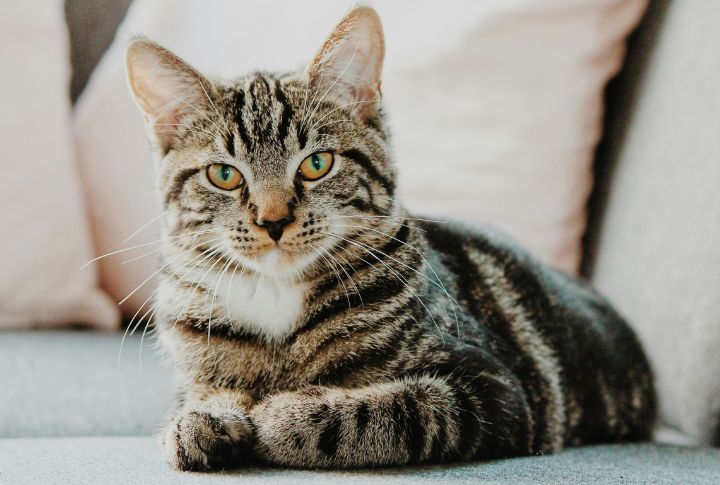
A tabby cat’s coat hides a fascinating story written in color and pattern. Some shades appear like rare gems, while others feel as familiar as a cozy blanket. Learn how these 10 unique hues reveal surprising twists in feline genetics and celebrate the beauty of nature’s palette.
Lilac
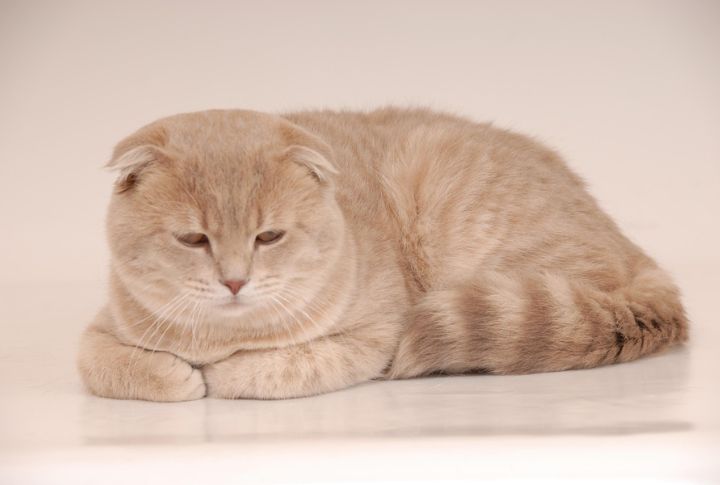
Picture a soft lavender coat brushed with silvery dusk—lilac tabbies truly look like feline unicorns. This delicate hue results from a unique dilution gene that gives these cuties an ethereal appearance. Their pastel-toned coats also flaunt one of the rarest naturally occurring shades to date.
Amber
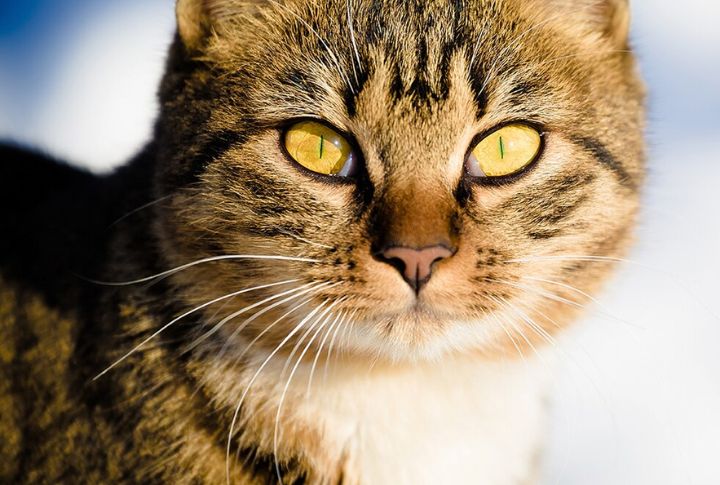
Originating in Norwegian Forest Cats, amber tabby cats glow with a warm, golden-orange coat. Interestingly, they change color with age. The color mutation comes from a genetic alteration in the black pigment, which fades over time and is replaced by reddish-yellow tones.
Caramel
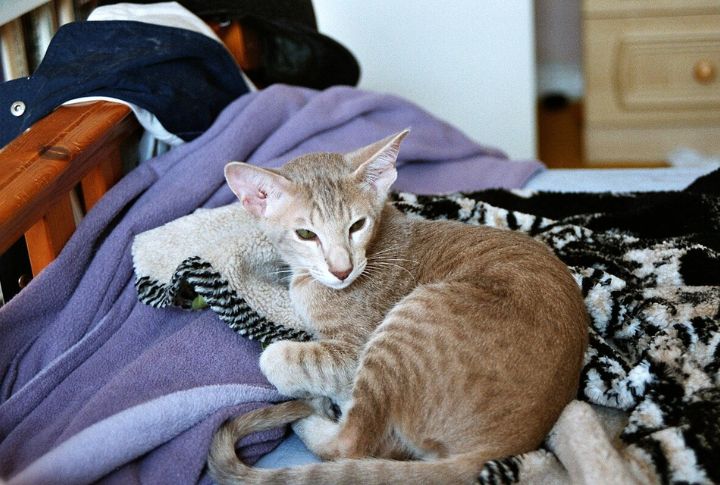
Sleek and smoky caramel tabbies are a delightful genetic twist stemming from diluted blue or lilac fur. This shade carries a subtle metallic sheen and gives the coat a fluid, almost liquid appearance in the light. As kittens grow, the color often deepens and shifts, surprising many owners with its evolving beauty.
Cinnamon

Cinnamon-colored cats flaunt a light reddish-brown hue that’s anything but ordinary. First documented in the Abyssinian breed, the color stems from a rare gene combo that suppresses black pigment. Their coat also gleams with an almost toasted glow under sunlight.
Fawn
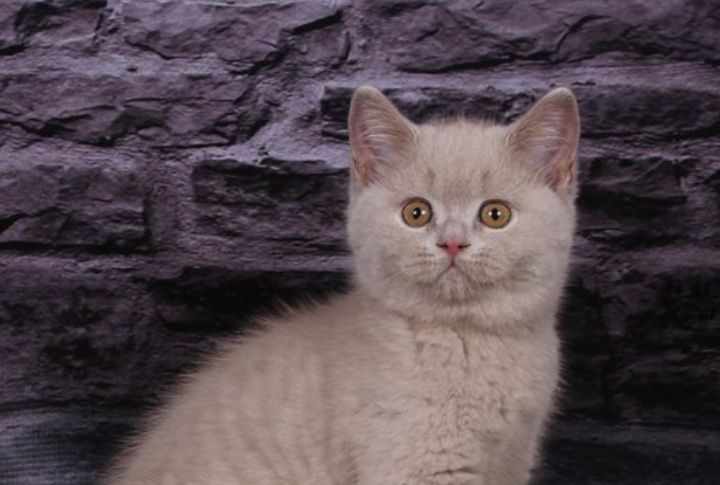
A soft wash of sandy beige gives fawn tabbies their signature look—delicate, refined, and quietly rare. The color results from a double dilution of the cinnamon gene, creating an almost velvety tone. You won’t spot one often, but when you do, you’ll probably look twice.
Chocolate

Chocolate tabbies’ rich, deep brown coats result from a particular gene that shifts the classic tabby’s dark stripes into a luscious chocolate tone. Common in breeds like Burmese and Havana Browns, these cats possess a warmth that adds a touch of elegance to the tabby family.
Charcoal
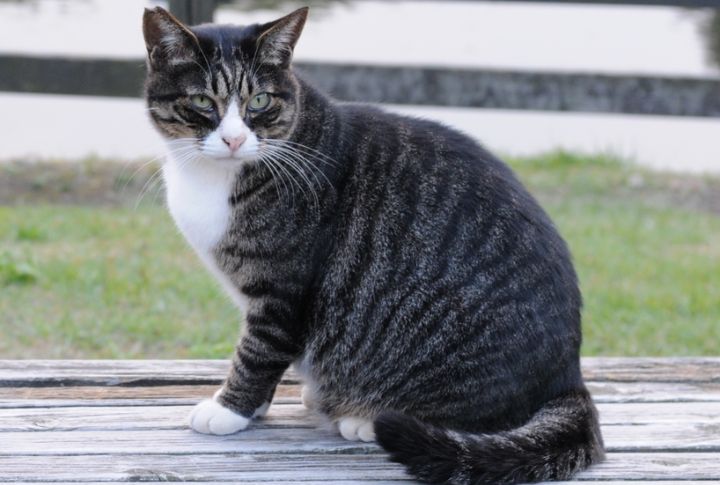
Common in Bengals, charcoal tabbies have a smoky, almost ash-gray base with bold black stripes. This striking contrast mimics natural shadows, adding a dramatic flair to their look. While not so rare, they remain eye-catching and often spark curiosity about their mysterious coloring.
Silver
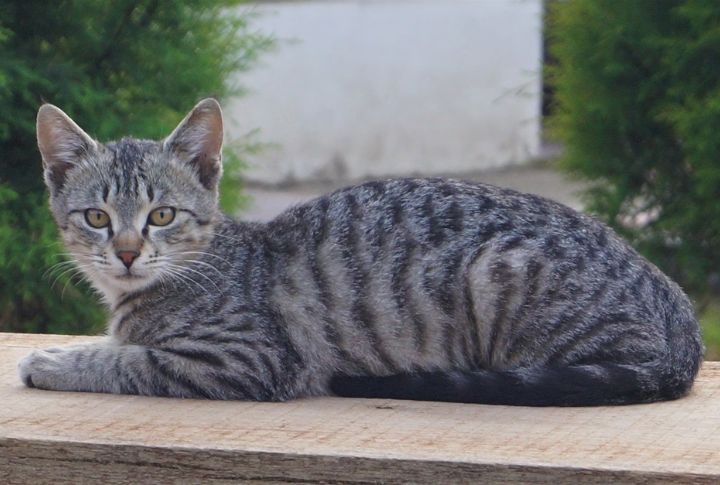
Silver tabbies stand out with a crisp, metallic coat created by an inhibitor gene that strips away warmer tones. The result is a striking, high-contrast pattern that turns heads wherever they go. Frequently seen in show rings, these cats carry an effortlessly polished, no-nonsense charm.
Cream
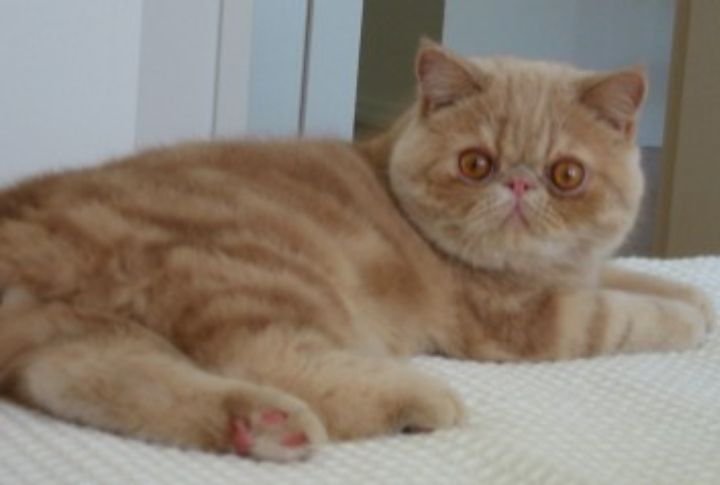
Cream tabbies wear a soft, pale yellowish coat that’s light and airy compared to their more intense counterparts. This color emerges when dilution genes lighten the usual orange tabby fur. They carry a sweet and gentle look, often evoking feelings of warmth and calm.
Brown
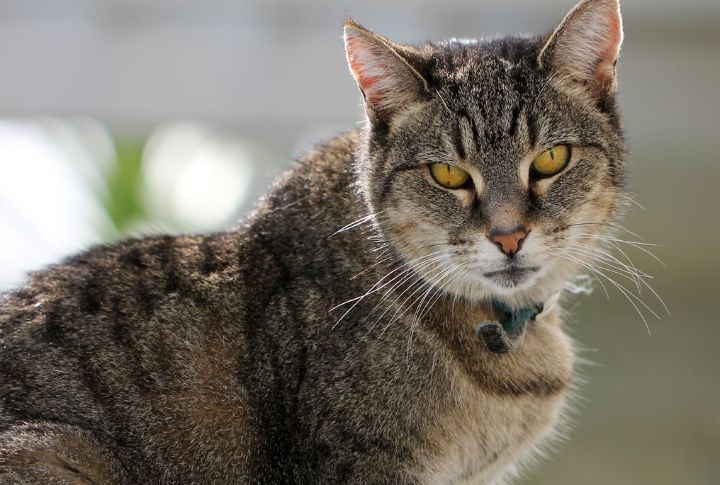
The classic brown tabby remains a timeless favorite. With its rich mahogany hues and iconic striped pattern, the coat is as cozy as a well-loved leather jacket. Though common, it’s the foundation for many rarer variations—and, really, who can resist that tiger-like swagger?

